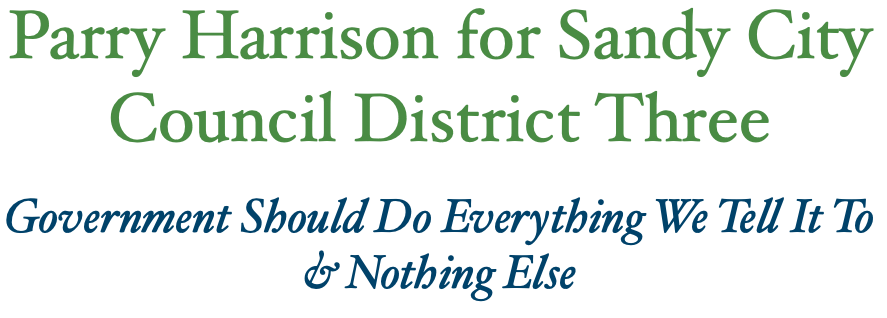Why do we need traditional planning in Sandy City?
Traditional city planning, as opposed to modern approaches, typically refers to the way cities and towns were developed before the widespread use of automobiles, often characterized by compact, walkable, mixed-use neighborhoods with a strong emphasis on public spaces and community interaction. These older urban forms emerged organically over time, with a focus on creating vibrant, pedestrian-friendly environments.
Key Characteristics of Traditional City Planning:
Compact and Walkable:
Streets are designed for pedestrians and public transportation, with buildings close together and amenities within easy reach.
Mixed-Use Development:
Residential, commercial, and recreational areas are often integrated, allowing for a mix of activities and vibrant street life.
Emphasis on Public Spaces:
Plazas, squares, parks, and other public areas are central to the design, providing gathering places and fostering community interaction.
Architectural Coherence:
Buildings often share a common style or architectural vocabulary, creating a sense of visual harmony and place.
Hierarchical Street Network:
A mix of street types, from wide boulevards to narrow lanes, caters to different needs and speeds, creating a dynamic environment.
Sense of Community:
Traditional neighborhoods often have a strong sense of identity and belonging, with residents interacting more frequently with their neighbors.
Integration with Nature:
Traditional cities often incorporated natural elements like trees, gardens, and waterways into the urban fabric.
Focus on Human Scale:
Buildings and spaces are designed to be comfortable and inviting for people, rather than prioritizing vehicle movement.
Examples of Traditional City Planning:
Many ancient cities, like those in the Indus Valley civilization, were planned with grid-like street patterns and sophisticated drainage systems.
Cities like Paris, Rome, and Florence are known for their compact, walkable layouts, public squares, and grand boulevards
The New England town model, with its central commons and freestanding houses, became a common form in the United States
These concepts won’t apply to our whole city, but should be the standard for new development and redevelopment, especially in the main city core.
